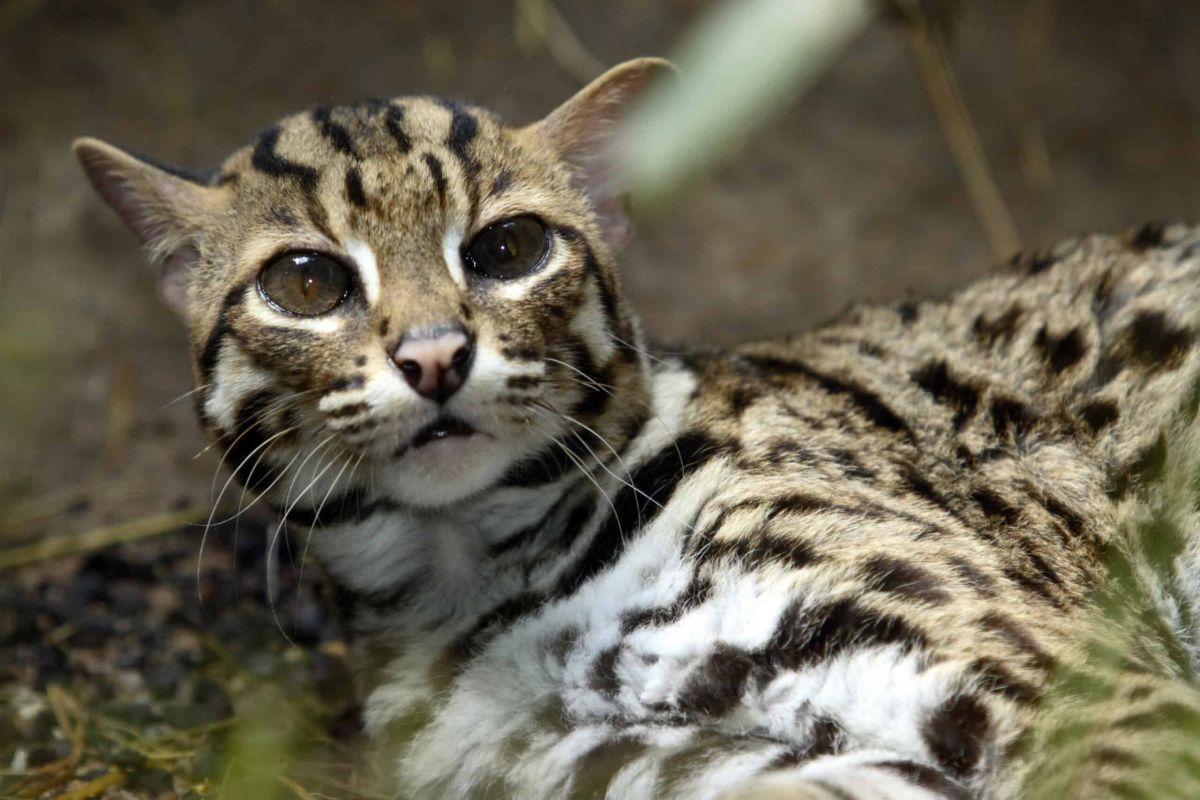The Leopard Cat: The Small Spotted Feline of Asia

Among the diverse cast of the feline family, the leopard cat (Prionailurus bengalensis) stands out as a remarkable and elusive creature. With its striking appearance, adaptable behaviors, and intriguing habitat preferences, the leopard cat is a subject of fascination for wildlife enthusiasts, researchers, and conservationists alike.
Physical Characteristics
The leopard cat resembles a small wildcat but boasts distinct features that make it easily identifiable. Adult individuals typically weigh between 4 to 16 pounds and measure about 18 to 30 inches in length, not including their long tails, which can add another 8 to 12 inches. Their fur is short and dense, covered in a mesmerizing pattern of spots and stripes that vary in color from tawny to grayish-brown. This dappled coat not only serves as camouflage amidst the forest undergrowth but also adds an aesthetic appeal that has sparked interest among cat enthusiasts.
Habitat and Range
Leopard cats are primarily found in Asia, inhabiting a diverse range of environments that include tropical and subtropical forests, grasslands, and even rocky areas. Their range extends across various countries, including India, Nepal, Bangladesh, Myanmar, Thailand, Vietnam, and as far north as China and as far south as the Indonesian islands. The adaptability of the leopard cat allows it to thrive in both lowland and mountainous ecosystems, though it is similarly found in areas close to water sources, which provide essential resources for hunting and shelter.
Behavior and Diet
Leopard cats are primarily nocturnal and solitary creatures, preferring to hunt alone during the cooler hours of the night. Their diet is varied, consisting of small mammals, birds, reptiles, amphibians, and even insects. They are agile hunters, known for their ability to climb trees and swim, which allows them to pursue prey in diverse terrains.
Socially, leopard cats exhibit territorial behaviors, marking their habitats with scent markings to communicate with others. These markings, combined with vocalizations ranging from soft chattering to growls, play a critical role in conveying information about territory and reproductive status.
Reproduction and Lifespan
Breeding seasons vary by region, but generally, leopard cats mate once a year. After a gestation period of approximately 60 to 70 days, females give birth to a litter of two to four kittens. The mother is solely responsible for the rearing of her young, teaching them necessary hunting skills and survival tactics until they are ready to venture out on their own, usually around six months of age.
In the wild, leopard cats can live up to 10 years, while those in captivity may live as long as 15 years or more due to the absence of threats such as disease and poaching.
Conservation Status
The leopard cat’s conservation status is classified as “Least Concern” by the International Union for Conservation of Nature (IUCN). However, despite this classification, several factors threaten their populations, such as habitat loss due to deforestation, urbanization, and agriculture, along with hunting for their pelts and being sold in the pet trade.
To ensure the longevity of leopard cat populations, conservation efforts are crucial. Initiatives aimed at protecting their natural habitats, enforcing laws against poaching, and raising awareness among local communities are vital for the preservation of this remarkable species.
Conclusion
The leopard cat is a striking example of nature’s resilience and adaptability. As a vital member of its ecosystem, the preservation of this species is paramount for maintaining biodiversity. By understanding and respecting these creatures, individuals can contribute to the ongoing efforts to protect not only the leopard cat but also the rich tapestry of life it represents. As we continue to deepen our connection with the natural world, let us strive to safeguard the future of this mesmerizing feline and the habitats it calls home.



